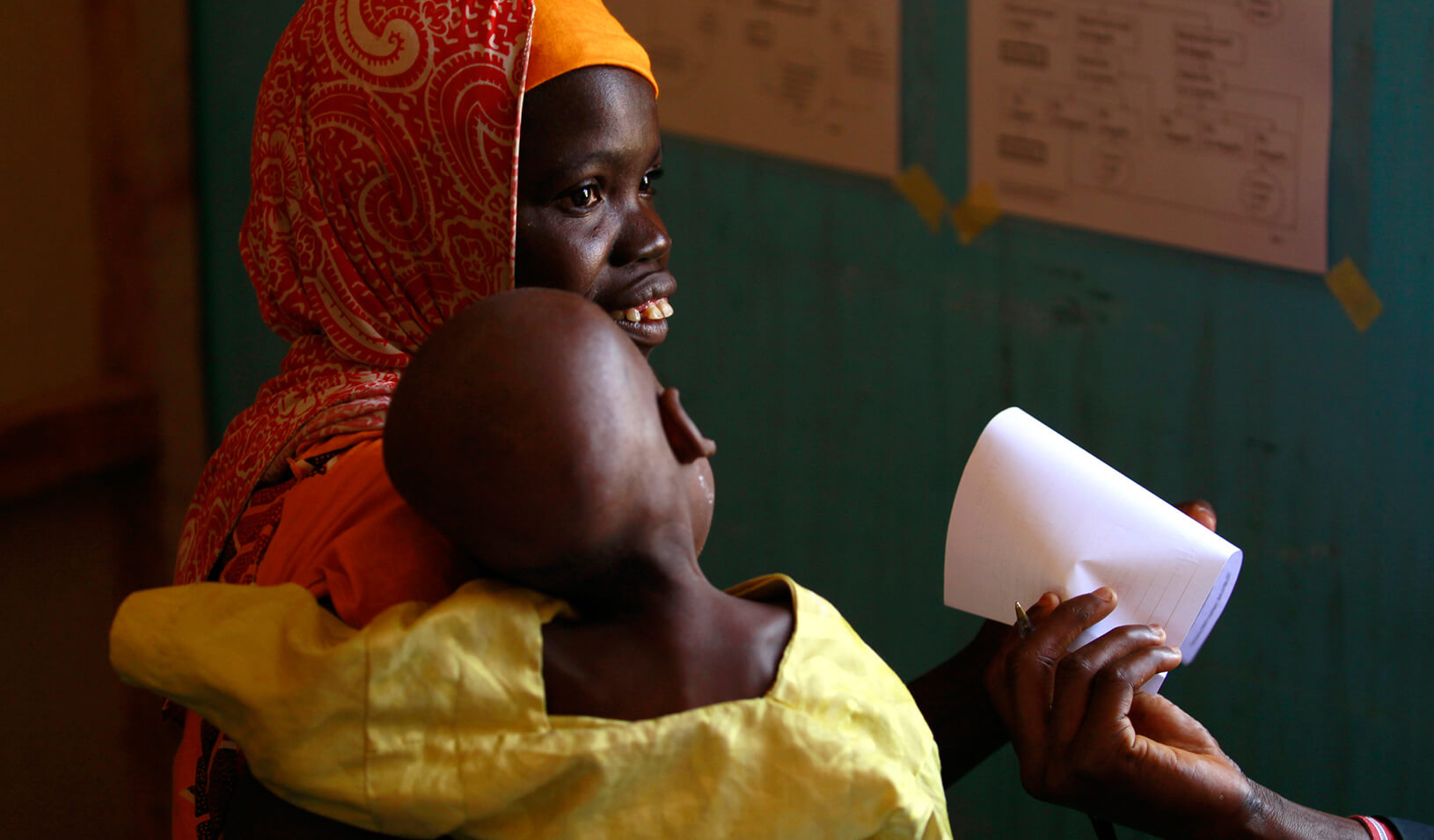
In early 1996, six months after Coinstar put 100 machines in supermarkets in the Los Angeles area, founder Jens Molbak got a call from the Federal Reserve.
At the time, the company was not only succeeding as a business, but helping nonprofits. The phone call led it to fulfill a third purpose: working with the public sector. How did Molbak do all three with Coinstar, which went public in 1997 and over the years has recycled more than 1 trillion coins worth $40 billion and funneled nearly $100 million in donations to charities?
In a talk with me at Stanford Graduate School of Business, he explained some of the ideas that went into creating the win-win-win, including how the call from the Federal Reserve led to a working relationship between Coinstar and the federal government.
Molbak is now researching and pursuing a new venture, Win/Win, an organization that will host entrepreneurs in residence to research business opportunities that overlap with charity and public sector purposes. He plans to raise $100 million to invest in triple-sector enterprises similar to Coinstar.
“I believe that there are hundreds of opportunities like this,” he says. Here are some of the lessons from Coinstar’s success:
The Roots
Molbak learned the value of a penny early. His parents owned a garden center business in Seattle and during the summer he was 11 years old, his parents paid him a penny per pot to clean flowerpots. He scrubbed 28,000.
On top of instilling a work ethic in him, his parents also placed an unusual emphasis on public good. “My parents are immigrants from Denmark,” Molbak says. “They had had a foreign-born pride in the democracy of the United States. That was deeper in my DNA than I realized.”
When he got into the working world in a job at Morgan Stanley, Molbak’s life felt out of whack: He was working 80 or 90 hours a week. His charitable donations meant “writing a $10 check at the end of the year to the Cousteau Society.”
The Coinstar idea was one of five or six he looked at while attending graduate school at Stanford GSB. He knew coins cluttered up his own dresser. He discovered he was not alone — there was $8 billion worth of coins out of circulation, costing the Mint, well, a mint. When he remembered charities’ history with coins — the Salvation Army buckets during the holiday season, for instance — he knew he could offer consumers a choice of converting their coins to cash or donating to charity.
The Business Model Comes First
The early years of Coinstar looked much like that of any business. He struggled to raise money and get Coinstar off the ground as a profit-making enterprise.
For instance, he says, he conducted 1,500 interviews and surveys at supermarkets about how people used and saved their coins. He also made 300 pitches to venture capitalists and investors before he decided to ask people with whom he had a personal relationship and those with an interest in the supermarket business. He closed his first round of equity financing, $500,000, from angel investors, in March 1992. He hired David Kelley Design, now IDEO, to build prototypes for Safeway stores.
The point here is recognizing how much went into Molbak’s idea: years of research to develop the business model, and then all of the usual care in building a scalable company culture. But Molbak was worried the public sector and nonprofit sector elements of his model would hurt Coinstar’s credibility, so he buried those sides of the story with investors.
See the Public Sector as a Partner
The atmosphere has changed, and entrepreneurs and others might be ready to conceive of companies that can succeed in all three sectors. Molbak believes great promise lies in the public sector. He lists areas like voting kiosks, scheduling jury duty, issuing passports, and signing up for and redeeming food stamps.
“There are large inefficiencies in the public sector. The mindset shift is to see those inefficiencies as a source of opportunity instead of as problems,” he says.
In the case of Coinstar, Molbak knew recycling coins would benefit the public sector. Then he found more synergies after the call from the Federal Reserve. The Fed had noticed that the number of pennies being returned to the system near Los Angeles was far higher than usual. This posed a problem, because the Fed was responsible for keeping the number of coins in balance, receiving coins from stores’ deposits and then issuing the right amounts of new and circulated coins to different regions.
“We swamped the LA market,” says Molbak. To help the Fed rebalance regional coin supply and demand, Coinstar proactively shared information about where it was putting new machines.
The cooperative relationship paid off a few years later, when, on the Fed’s recommendation, the United Kingdom’s Royal Mint invited Coinstar into the country, enabling the company to accelerate its expansion there. Molbak is now researching opportunities for entrepreneurs, beginning with mapping the goods and services of 500 federal agencies. He plans to find opportunities for the public and private sectors to collaborate.
He is also launching an impact investing fund and creating Win/Win ecosystems, which will likely be based around universities, to help young entrepreneurs do what he did: found a company that succeeds not only in business and charity — but in broader society, too. As part of his research, he is asking people to think about what services the government provides well, or poorly. For entrepreneurs who doubt whether businesses can work with the public sector or whether the public sector can be innovative, he points to history and the innovation that went into founding the United States.
“We had the most innovative public sector in the world 250 years ago. Look at the fruits of that innovation today,” he says. “But that innovation has waned. Today, no one would label our public sector as innovative. Yet, we have incredibly innovative private and nonprofit sectors. We’re really good at innovation at this country. How can we take some of our innovation talent and innovation capital and embrace the public sector?”
Many of the students in my classes at Stanford GSB are social entrepreneurs who want to create good companies — good in the broadest sense of the world, companies that help people as well as turning a profit. Coinstar’s example and Jens Molbak’s Win/Win initiative show there’s an even broader way to think of a company. With the right idea and care along the way, a company can succeed across the for-profit and nonprofit sectors — and the public sector, as well.
Sarah Soule is the Morgridge Professor of Organizational Behavior at Stanford GSB and the Louise & Claude Rosenberg Jr. codirector of the Center for Social Innovation.



